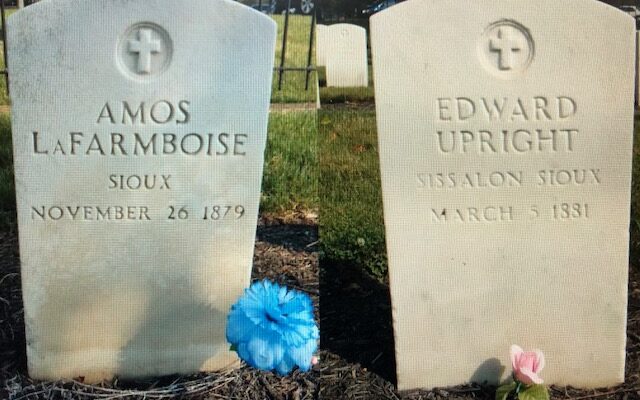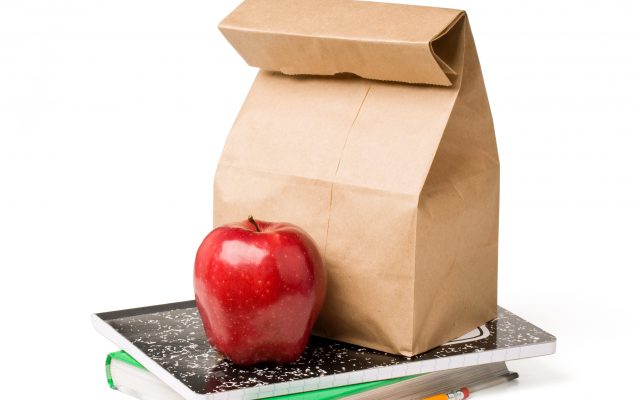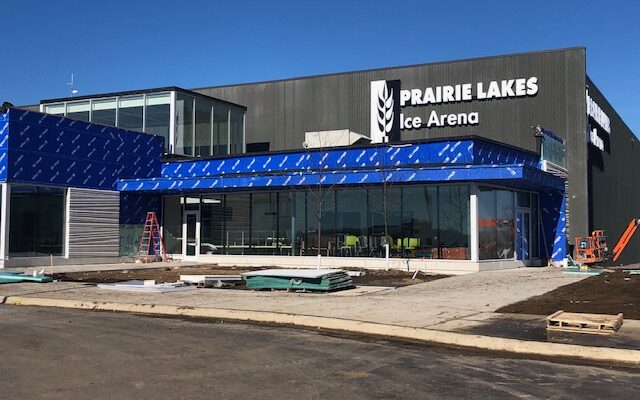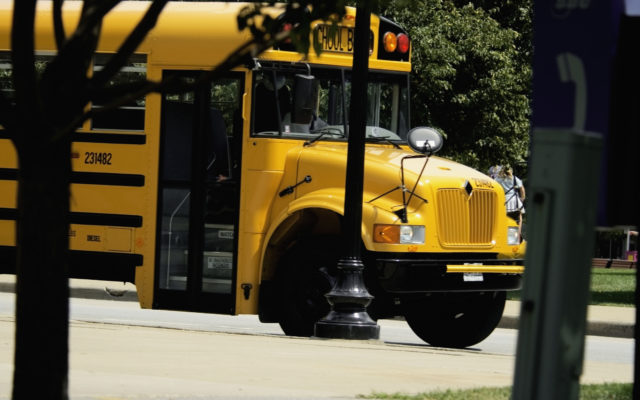Remains of Sisseton-Wahpeton children returning home

September 20, 2023
Makenzie Huber
Amos La Framboise and Edward Upright didn’t know that they’d never see their homes and families again.
The boys, of the Spirit Lake and Lake Traverse bands of the Sisseton Wahpeton Oyate, set off to Pennsylvania in 1879 to attend the Carlisle Indian Industrial School.
They didn’t know they would die at the school before they’d reach 15 years old; that their graves would be marked with military-issued headstones that were riddled with spelling errors; that there would be nothing to tell their story aside from the word “Sioux” on those headstones and the date of their death.
Their remains have stayed in Pennsylvania for more than 140 years. But they’re finally returning home.
Sisseton Wahpeton representatives traveled to Pennsylvania this week to oversee the disinterment of La Framboise and Upright after chairmen from the Spirit Lake and Sisseton Wahpeton tribes signed a pact with the U.S. Army. Tribal members plan to reinter the bodies on the Lake Traverse Reservation in northeast South Dakota this weekend.
The two boys were part of a group of six children from the Sisseton Wahpeton Oyate to travel to the school together. They were the “best and brightest” of the time, said Tamara St. John, tribal historian for the Sisseton Wahpeton Oyate and a member of the South Dakota House of Representatives. Many of the children were the sons and daughters of chiefs.
All four boys died before they reached adulthood. The two girls survived and returned home.
“We lost our next generation of leaders,” said St. John, who has spent years researching La Framboise and Upright in order to bring them home.
The children were among thousands of Native American youth across the United States sent to Carlisle to assimilate to white culture and to draw Native American chiefs into the nation’s capital.
Carlisle was the first government-run, off-reservation Native American boarding school in the United States. More than 500 boarding schools are known to have existed in the United States and Canada.
Assimilation tactics included cutting children’s hair, forcing them to speak English and renaming them with English names. Punishment for breaking rules was cruel and sometimes included beatings and sexual abuse.
“Kill the Indian in him, and save the man,” Richard Henry Pratt, superintendent of the Carlisle school, infamously said during an 1892 speech.
More than 180 children died between 1879 and 1918 and were buried at a cemetery near the school.
Since 2017, the remains of dozens of former Carlisle students have been repatriated to tribal nations. The Rosebud Sioux Tribe reburied the remains of nine children on its reservation in 2021.
The history of boarding schools in the United States and the repatriation of student remains is important for all Americans to understand, St. John said. Tribal history is currently a “subject of debate” in South Dakota, and the federal government’s assimilation tactics are little more than an asterisk in today’s history teachings, she said.
While the Sisseton Wahpeton Oyate is welcoming two of its sons back home, St. John said several unmarked and unknown “Sioux” graves remain at the Pennsylvania cemetery.
“Children should be returned and allowed to be buried with their loved ones instead of far away in a field and forgotten about,” St. John said. “No child should have that. I think that’s part of Carlisle, you know, the idea that they were not important. But they are important to us.”
St. John and the Sisseton Wahpeton Oyate have been working to reinter the boys for years. It’s been a struggle over sovereignty with the U.S. Army, St. John said, since the boys were buried in an Army-run cemetery near the site of the former school.

The Army requires notarized statements by all close living relatives of the deceased saying they don’t object to the disinterment before the process begins. It took St. John several years to find La Framboise and Upright’s closest living relatives, who are elders from the Sisseton Wahpeton and Spirit Lake tribes.
“How do you find that next of kin to a child that died in 1879 with no children at the age of 13 or 14?” St. John said.
The process was burdensome for the elders, St. John said. And the Army’s policy asserted the reinterment was “just a family matter,” which disregards the importance of the reburial for the Sisseton Wahpeton Oyate as a community, she added.
“It wound up being something of a false front, and I feel resentment for it because it became an obstacle and has been delayed for us for years,” St. John said, “but it’s also something that created division and questioning.”
The Army approved the disinterment requests in 2022 and scheduled the disinterments for summer 2023. After that, the agency stopped communicating with the tribe, St. John said. The lack of communication and growing frustration with the Army’s repatriation process led the Sisseton Wahpeton tribe to send a Native American Graves Protection and Repatriation Act request in March of this year. While the Army said the act doesn’t apply to Carlisle students, a federal notice was sent out in May scheduling the start of the disinterment process for September.
St. John said the effort to repatriate La Framboise and Upright will pave a path for repatriation for other tribes across the country.
“Our children are not soldiers. That is not their story,” St. John said. “They deserve to be remembered, to be with their families and to come home. … This really speaks to every child who was sent away and maybe lost. Now this is us saying we do care.”
At least 233 students, nearly 3% of the 7,800 children who attended Carlisle, died while enrolled.
13-year-old Amos La Fromboise, son of tribal leader Joseph La Framboise, was the first to die. He died just three weeks after arriving at the Carlisle Indian Industrial School in 1879 and was buried in the city’s cemetery. His cause of death is unknown, though a local newspaper said he was ill shortly before he died.

Edward Upright, son of Spirit Lake Chief Waanatan, died in 1881 after contracting measles and pneumonia.The two other Sisseton Wahpeton boys, John Renville and George Walker, returned to Dakota Territory. Renville’s body was returned home by his father, Gabriel Renville, following the boy’s death in 1880 after contracting typhus. Walker was discharged from the school in 1883 because he was “extremely anxious.” St. John believes he likely died shortly after returning home.
The two girls sent to Carlisle, Nancy Renville and Justine La Framboise, returned home in 1880 and 1882, respectively. They survived into adulthood, though St. John does not know much about their lives.
This is the third time La Framboise’s remains have been disinterred and the second time for Upright. La Framboise’s grave was moved a month after his initial burial from the town’s “White persons’ cemetery” to the school’s newly established private cemetery. Both of the boys’ bodies were disinterred in 1927 after the Army took over the property. The more than 180 other children buried at the school were moved to clear space for a new building on the property.
St. John worried that there wouldn’t be anything in La Framboise’s grave before she drove to Pennsylvania with other tribal representatives. There have been instances when a grave was reopened and the child wasn’t inside or there were body parts from different children in the grave, St. John said.
The boys will be brought home “in the right way,” St. John said. The caskets will be covered with a buffalo robe, she said, which is “probably one of the most honorable, loving ways” to have wrapped individuals for burial at the time, she explained.
“They left together and they will come home together,” St. John said, “and they will be laid to rest together in a place we can protect them.”




